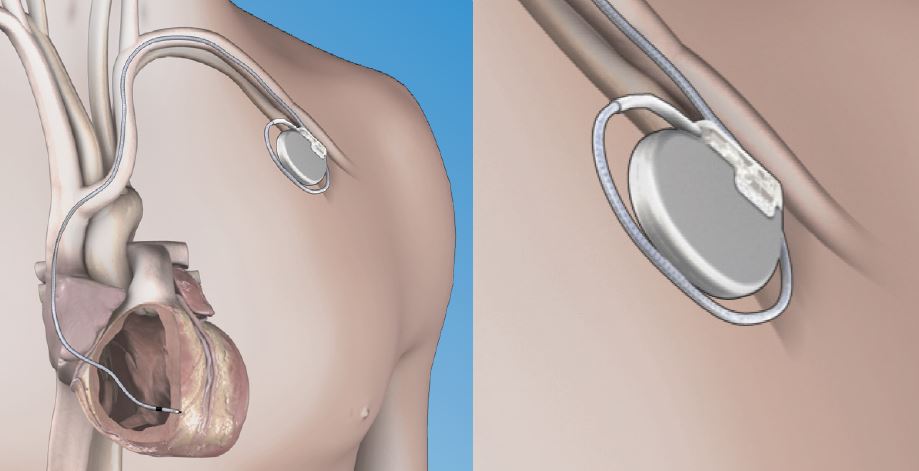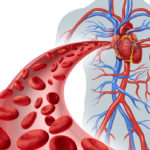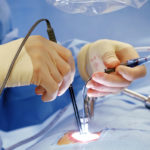
Pacemaker Implantation – Enabling Heart Patient with Suitable Heart Rate Pacemaker Implantation – Enabling Heart Patient with Suitable Heart Rate
The pacemaker is an electronic device that is designed to send small electrical impulses to the muscles of the heart. The purpose of this device is to maintain heart rate suitable, generally by simulating the lower chambers present in the heart. Pacemaker implantation is enabling the heart of a person with suitable heart rate by attaching this device to the body.
Who needs it?
Patients who suffer from slow heart rhythms, brady-arrhythmias, hypertrophic cardiomyopathy, syncope or unexplained fainting spells and heart failures need the pacemaker to be implanted.
Procedure
Pacemaker implantation is done quickly in less time. It does not demand open-heart surgery. Local anesthesia is given before the surgery starts. The procedure starts with a small incision in the upper chest of 2 inches long. Thin insulated wires are then guided through the heart vein. These wires or leads are then connected to the device pacemaker. The pacemaker has to be programmed according to the medical needs of the patient.
During this procedure the health condition of the patient is constantly monitored. An EKG or Electrocardiogram is attached inside the heart and various electrode patches over the body. Electrical impulses travelling through the heart would be monitored through this monitoring system. Blood pressure is monitored monitor is connected to check the blood pressure. A small clip is placed for oximeter monitor, on the finger to check the oxygen level of the blood. Fluoroscopy is positioned above the body of the patient to monitor the leads on the X-ray screen.
The pacemaker is then inserted and arranged beneath the skin. The incision done over the chest would then be closed. The device is then tested for the accuracy of its function and working. It is ensured that the device meets the medical needs of the patient. The procedure does not take long, as it could be finished from 2 to 5 hours of time.
Discharge and Recovery
Recovery is done very fast, and the patient would be discharged to go home within 24 hours. Rarely, depending on the condition, the patient may have to stay for one to three days. The instructions given by the doctor have to be followed, without fail. There might be the limitations of how slow the arms that are close to the site of the implant should be moved. There could be a slight bulge seen above the skin, at the implant site. However, the leads are very thin and are hardly noticeable.



